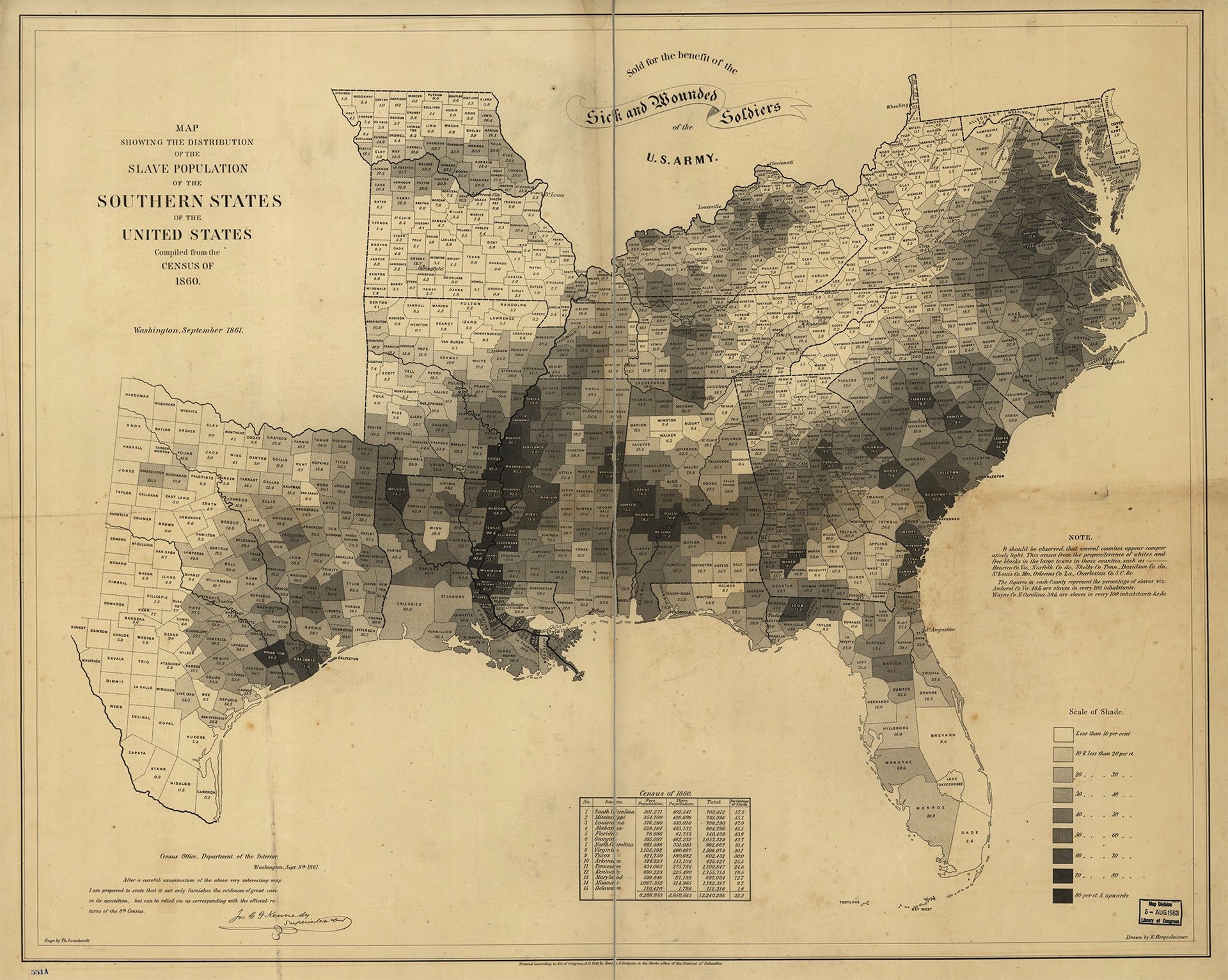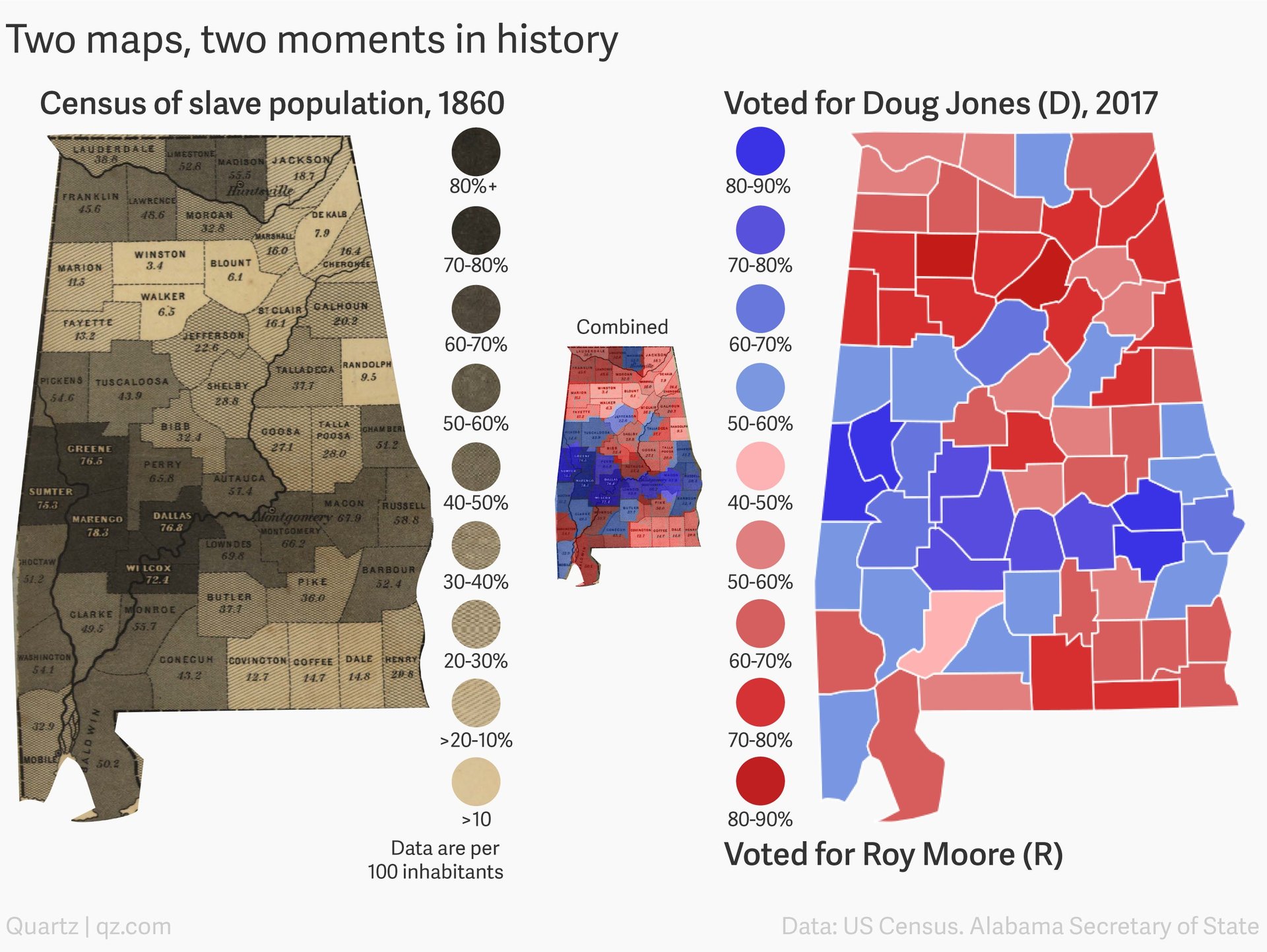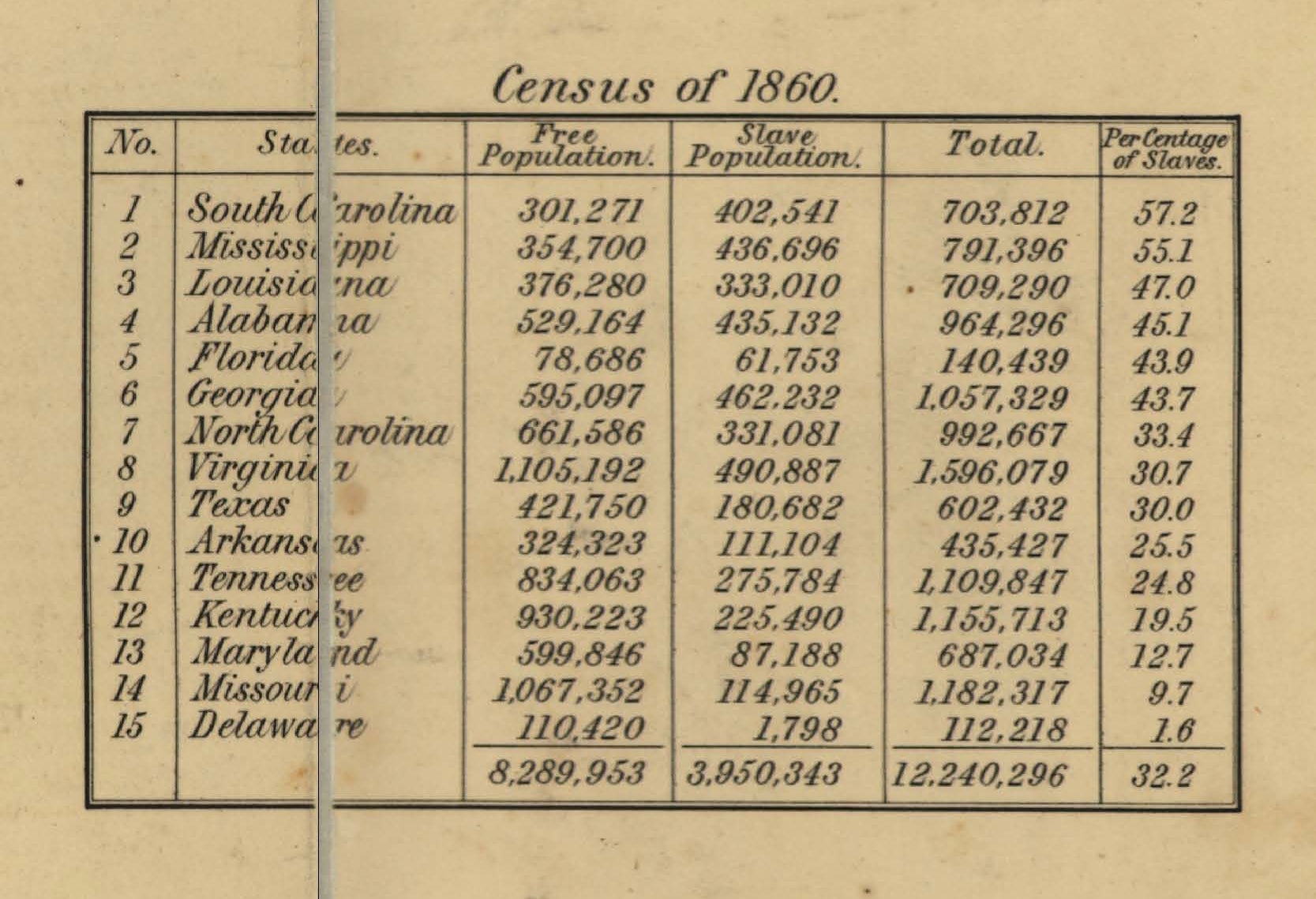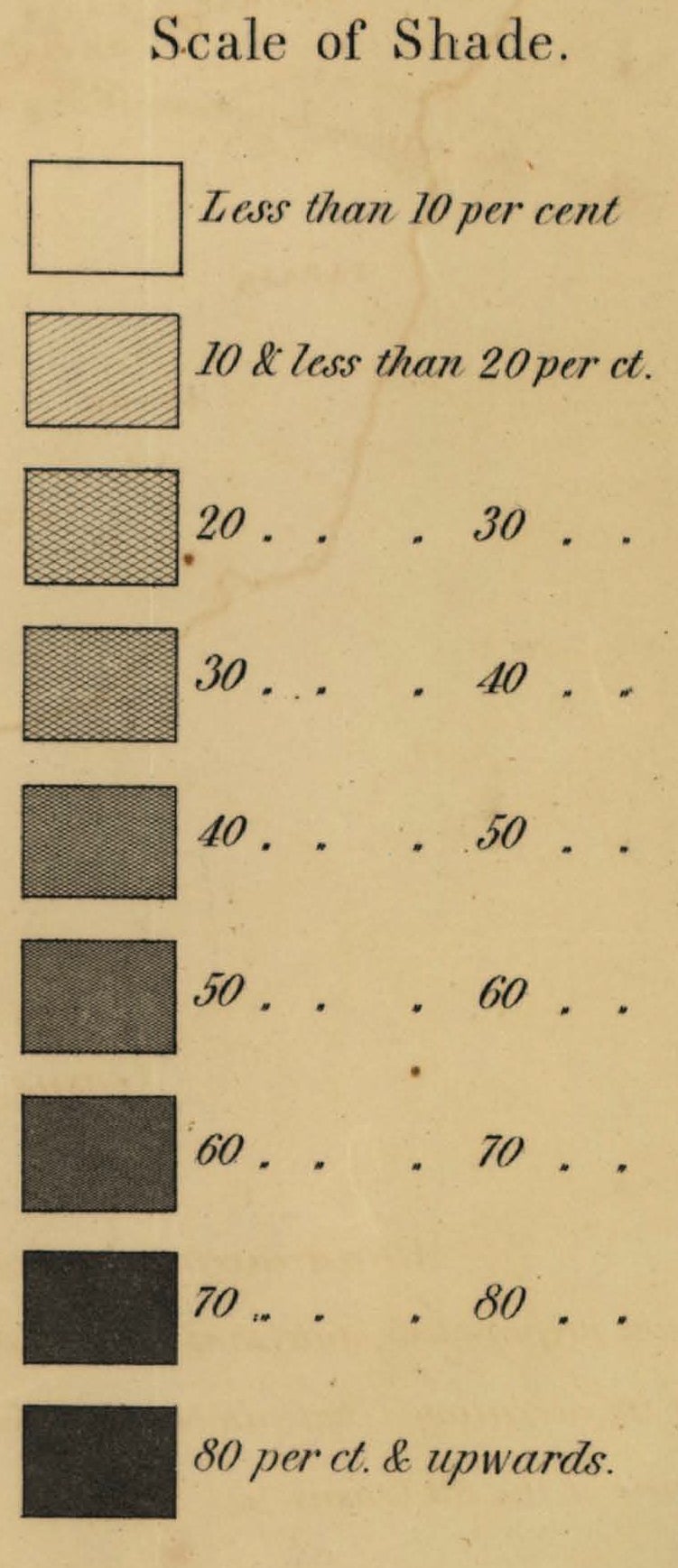Two maps explain the racial history behind Alabama’s senate vote
America is a young country. We measure our history in decades, sometimes minutes. Last night, history changed when Alabama elected a Democrat, senator Doug Jones, for the first time in 25 years.


America is a young country. We measure our history in decades, sometimes minutes. Last night, history changed when Alabama elected a Democrat, senator Doug Jones, for the first time in 25 years.
Jones defeated Roy Moore in a heated election. Moore, who has been accused of sexual abuse and child molestation, has a long track record of saying offensive things–including that America was “great” during the era of slavery. Meanwhile, Alabama citizens whose ancestors were slaves and likely did not experience that era as “great,” still live in the shadow of civil war monuments. (To search for the nearest Confederate monument to you, use the tool that Quartz made here.)

This 1860 map from the US Census (pdf)–a beautiful relic of a horrible part of US history–shows the distribution of slavery in the South. It was made to raise money for sick and wounded soldiers of the army. And while correlation is not causation, there is a startling visual parallel when you zoom in to Alabama on the map and compare it to how Alabama just voted this week.

Of course, it’s not clear from the 2017 senate race map why people voted the way they did. But the 1860 map, however, tells a careful and nuanced story: If you focus on the “black belt” moving horizontally across both maps, you can see that in areas with a history of slavery, the vote went to Jones. In exit polls, 92% of black men and 97% of black women voters said they voted Democrat.

In 1860, 45% of the population of Alabama was slaves, not as high as the highest, South Carolina at 55%. Because Virginia was the most populous state at the time, even larger than Texas, it has the highest number of slaves on the national map—490,887 of the nearly 1.6 million population of free and slave combined. The Civil War would start a year after the data from this map were collected.

Jones’s supporters say the historic win is in part due to turnout spurred by civic engagement. Indeed, protests against the administration have become a hallmark since Trump took office. Many are thanking black men and black women who voted overwhelmingly in support of Jones. Our racist history, less then 200 years old, still reverberates across America in strange ways—and in this case, might explain the decision of a critical number of US voters.